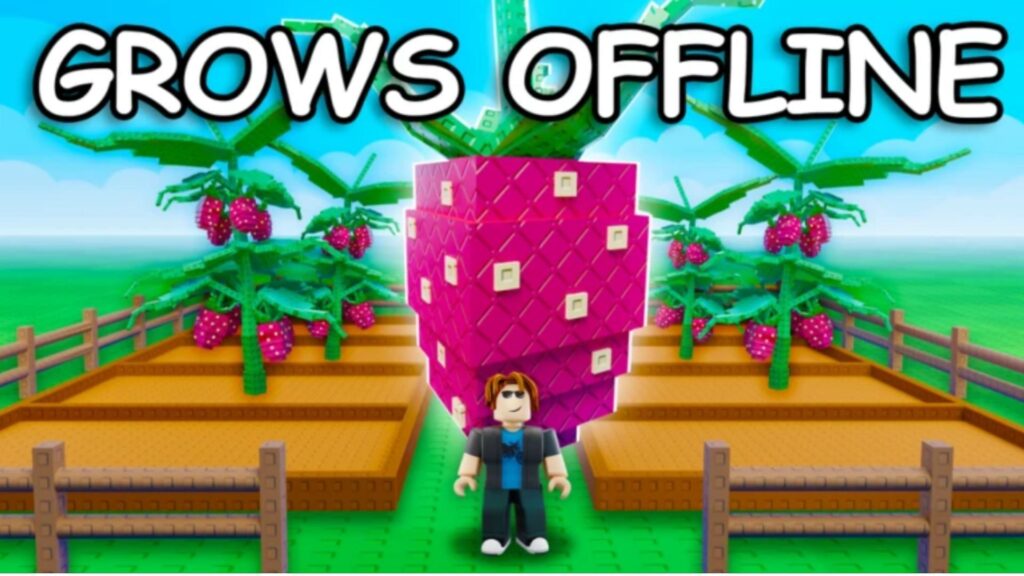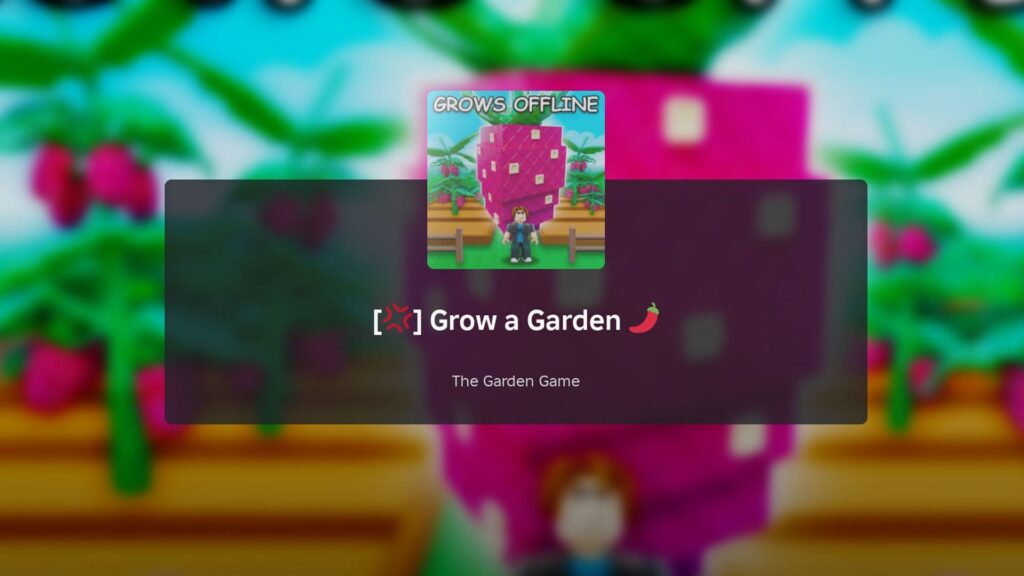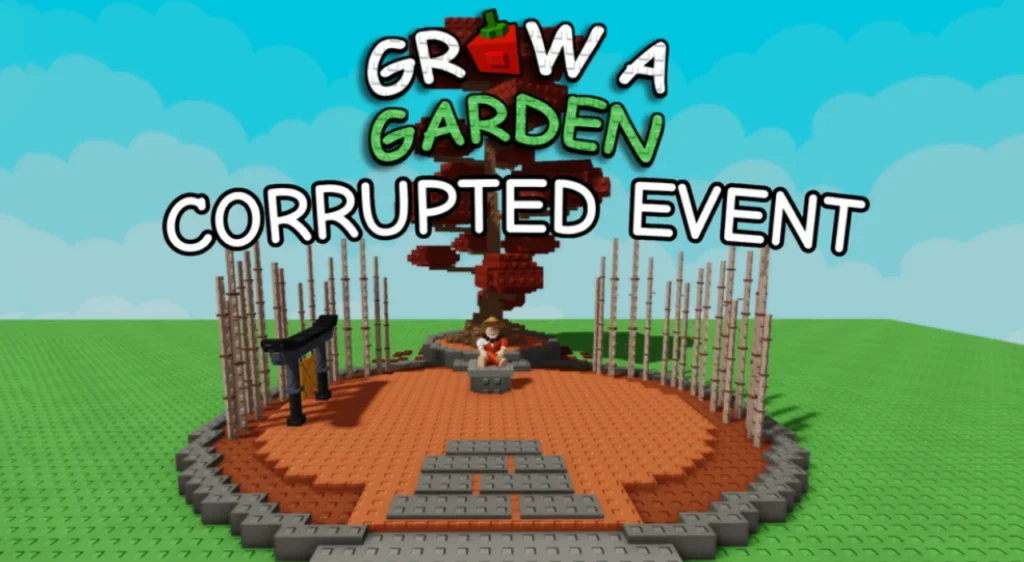Physical Address
304 North Cardinal St.
Dorchester Center, MA 02124
Physical Address
304 North Cardinal St.
Dorchester Center, MA 02124

By [tirtic news], Technology & Gaming Analyst

Before delving into the specifics of “Corrupted Kitsune Grow a Garden,” it’s essential to understand the broader concept of digital gardening within the gaming industry. Unlike traditional gaming experiences, digital gardening emphasizes nurturing virtual entities or environments over time. This approach fosters player engagement through continuous interaction, personalized growth, and evolving narratives.
Gardens have long symbolized growth, harmony, and renewal across cultures. In gaming, gardens often serve as metaphors for personal development, community building, and ecological balance. Titles like Stardew Valley, Animal Crossing, and Garden Paws exemplify this trend, emphasizing the therapeutic and creative aspects of tending virtual gardens.
The inclusion of kitsune—mythical fox spirits from Japanese folklore—in “Corrupted Kitsune Grow a Garden” introduces a rich cultural layer. Kitsune symbolize intelligence, magic, and transformation, making them ideal protagonists for a game centered around growth and change. The “corrupted” aspect adds a narrative tension, exploring themes of decay and redemption intertwined with garden cultivation.
“Corrupted Kitsune Grow a Garden” is an indie game that combines elements of simulation, storytelling, and puzzle-solving. Players assume the role of a kitsune tasked with restoring a mystical garden tainted by corruption. The gameplay involves nurturing various plants, combating environmental decay, and unlocking secrets of the kitsune’s past.
The game employs a blend of traditional Japanese art styles with modern pixel art, creating a mystical yet accessible aesthetic. The visual design emphasizes natural beauty and decay, reinforcing the thematic focus on growth and corruption.

“Corrupted Kitsune Grow a Garden” is built using Unity, a popular game engine known for its versatility and cross-platform capabilities. Developers leverage Unity’s advanced rendering features to create immersive environments and realistic plant growth simulations.
The game employs procedural generation to create diverse plant species and environmental conditions, ensuring a unique experience for each player. AI-driven algorithms govern the spread of corruption and the kitsune’s magical effects, adding unpredictability and replayability.
A key technological focus is on intuitive UI/UX, enabling players to manage their gardens seamlessly. The interface includes visual indicators for plant health, corruption levels, and magical energy, facilitating strategic decision-making.
Developers utilize in-game analytics to monitor player behavior, preferences, and engagement patterns. This data informs continuous updates, balancing gameplay difficulty and enhancing the overall experience.
“Corrupted Kitsune Grow a Garden” has garnered a dedicated community eager to explore its layered storytelling and gameplay depth. Online forums, social media groups, and streaming platforms serve as hubs for sharing strategies, fan art, and lore theories.
The game’s incorporation of Japanese folklore fosters cross-cultural appreciation. It introduces players worldwide to the myth of kitsune, promoting cultural literacy and respect through engaging storytelling.
Beyond entertainment, the game offers educational opportunities related to botany, ecology, and mythology. Educators can use it as a tool to teach about plant growth cycles and cultural storytelling.
In digital marketing, “grow a garden” is a powerful keyword that encapsulates themes of nurturing, development, and transformation. Its use in describing the game aligns with broader trends in content marketing, emphasizing growth-oriented narratives in gaming and technology.

The success of “Corrupted Kitsune Grow a Garden” exemplifies how integrating cultural storytelling with advanced technology can create compelling experiences. Future games may expand on these elements, exploring augmented reality (AR) and virtual reality (VR) applications for immersive digital gardening.
As environmental concerns grow, games like this can promote ecological awareness by simulating the impact of decay and regeneration, inspiring real-world sustainability efforts.
With the rise of mobile gaming, developers are exploring “grow a garden” mechanics optimized for smartphones and tablets, making digital gardening accessible to a broader audience.
AI-driven personalization can tailor gameplay experiences based on individual player preferences, fostering deeper engagement and longer-term retention.
Developers face hurdles related to rendering complex ecosystems and managing procedural generation without sacrificing performance, especially on lower-end devices.
Accurate cultural representation requires careful research and collaboration with cultural experts to avoid stereotypes or misinterpretations.
The gaming market is saturated with simulation and gardening titles, necessitating unique features and storytelling to stand out.
“Corrupted Kitsune Grow a Garden” exemplifies the innovative convergence of cultural storytelling, advanced technology, and community engagement in the modern gaming industry. Its focus on “grow a garden” as both a gameplay mechanic and thematic motif underscores the universal appeal of nurturing and transformation.
As digital gardening continues to evolve, fueled by technological advancements and cultural exchanges, future titles will likely explore new dimensions of interactive growth—blurring the lines between virtual and real-world ecological awareness. The success of this game not only highlights the potential of integrating folklore with technology but also reinforces the importance of cultivating meaningful, growth-oriented narratives in digital entertainment.
